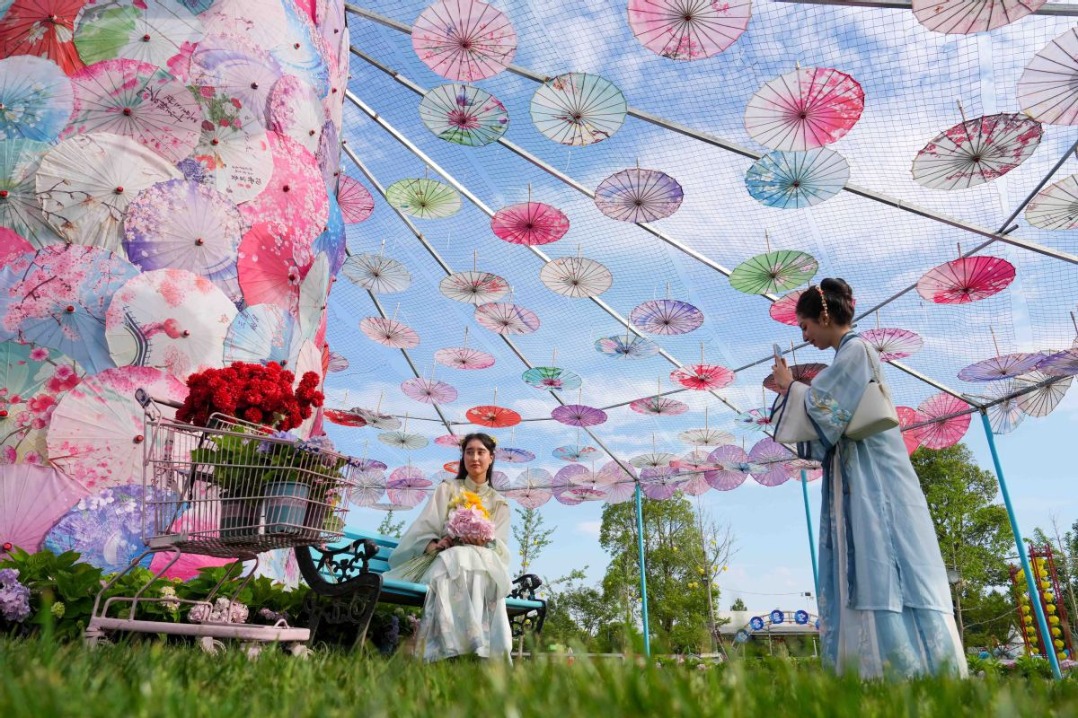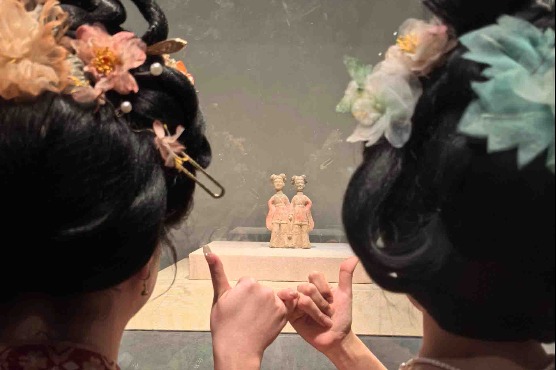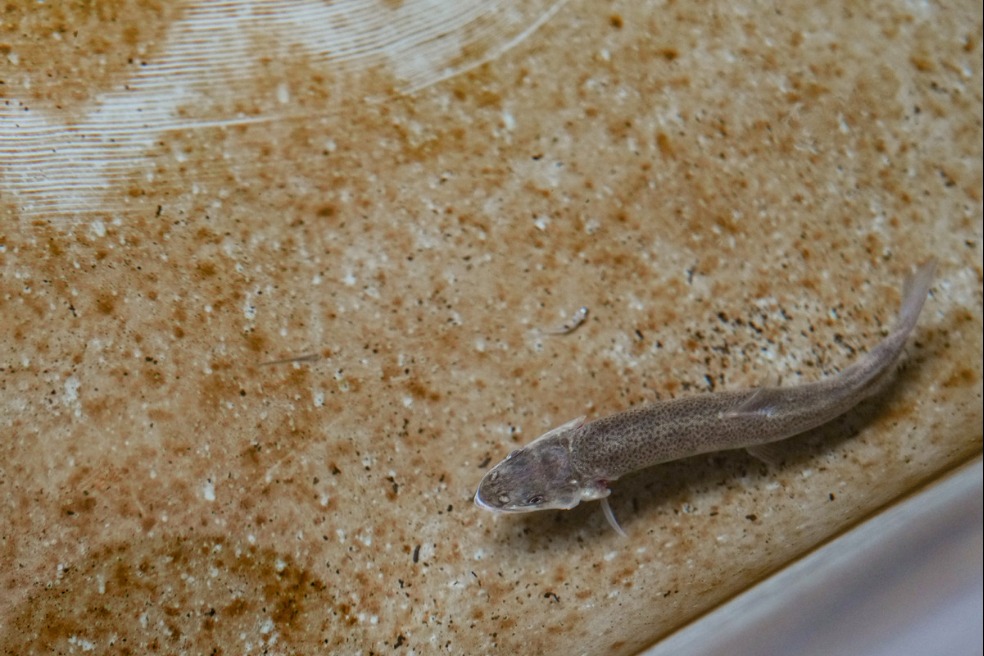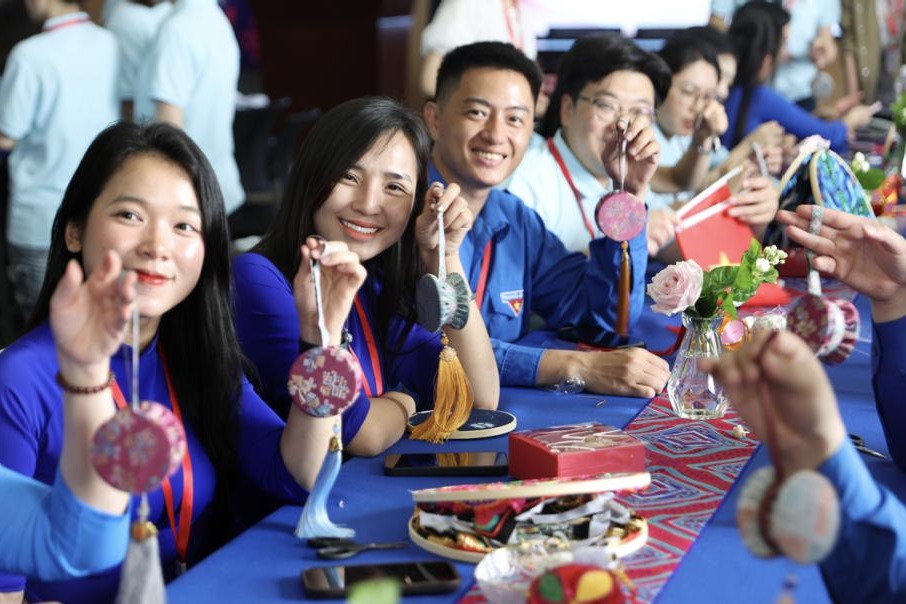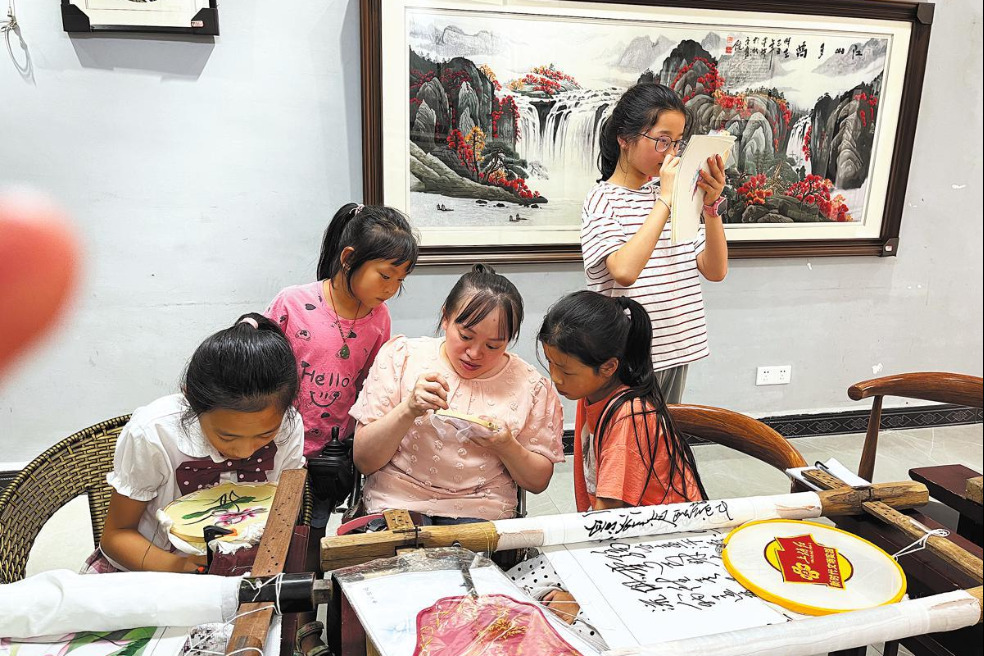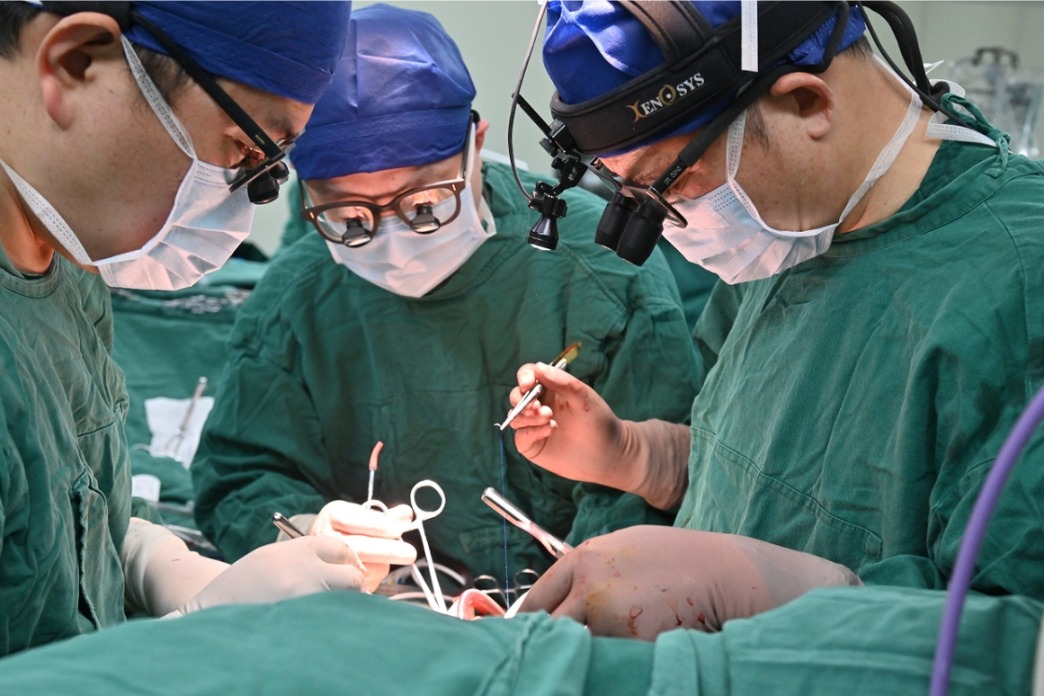Chinese treatment cures Pakistani girl

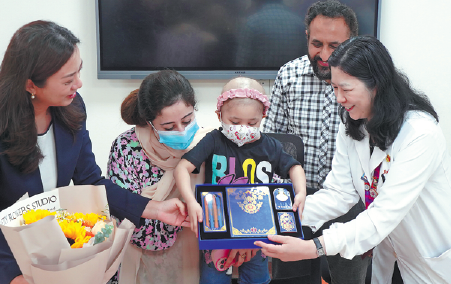
A 4-year-old Pakistani girl with severe thalassemia has been successfully treated with a Chinese-developed gene-editing drug, marking the first time the technology has been used on a foreign minor, according to the Children's Hospital of Fudan University in Shanghai.
The hospital held a small ceremony on Tuesday to celebrate the recovery of the girl, nicknamed Aiza, who had relied on regular blood transfusions to survive before receiving treatment earlier this year. After undergoing gene-editing therapy, her dependency on blood transfusions ended and she has returned to living a normal life, doctors said.
Aiza was brought to Shanghai by her parents in January. The treatment used a base-editing drug called CS-101, designed to target severe beta-thalassemia. The clinical research project was launched in 2023 by a team led by Professor Zhai Xiaowen in collaboration with CorrectSequence Therapeutics, a Shanghai-based biotech company.
So far, four patients, including Aiza, have received the therapy, with promising safety and efficacy results, the hospital said.
"With the meticulous care of the hospital's multi-disciplinary team, the child's total hemoglobin concentration has exceeded 100 grams per liter, allowing her to successfully get rid of blood transfusions," said doctor Qian Xiaowen, who supervised Aiza's treatment. "The entire treatment process progressed smoothly."
Patients with severe thalassemia typically require monthly transfusions for life and may die from complications without them, doctors said.
Aiza's father, Muhammad Adeel, a 40-year-old physicist who previously worked as a postdoctoral fellow in Hong Kong, expressed his gratitude by presenting flowers and a thank-you card to the medical team.
"Our family felt not only the physical care for the child but also emotional support from the healthcare workers," Adeel said. "The girl experienced ups and downs in her emotions during the past months, and the healthcare workers supported us throughout all those moments."
Aiza is the second among Adeel's three children; the other two are healthy.
He began searching for a cure while working in Hong Kong. In April last year, he learned online that the treatment had been successfully used in other underage patients and contacted the company.
At Tuesday's ceremony, the hospital gave gifts to Aiza and expressed wishes for her continued health and happiness. CorrectSequence Therapeutics also offered a card that read, "Wish your life be filled with prosperities and happiness. Your smile and love shall enlighten more lives in the world."
Thalassemia is an inherited blood disorder. It has a high prevalence in the Mediterranean Basin, the Middle East, Africa and Southeast Asia, and is more common in southern China.
As part of the treatment, doctors collected Aiza's autologous hematopoietic stem cells and used CS-101 to precisely edit targeted areas of her genetic material. This reactivated specific protein expression and restored the oxygen-carrying function of hemoglobin. The edited stem cells were then transfused back into her body.
As a result, her hemoglobin concentration reached the level of a healthy person, eliminating her need for blood transfusions.
"This success will help accelerate the clinical translation of China's original gene-editing technology," said Zhai, who is also vice-president of the hospital. "It offers hope of a one-time cure for patients worldwide suffering from the disease."
Zhai added that the hospital and the company are exploring further applications of the technology in children with other genetic metabolic disorders.
zhouwenting@chinadaily.com.cn














